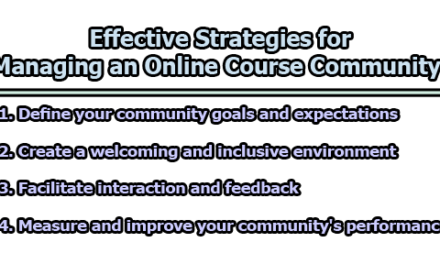How to Handle Translation Requests Beyond Your Comfort Zone:
As a professional translator, you’re likely to come across requests that fall outside your comfort zone. These requests may involve technical, legal, medical documents, creative texts, or languages you’re not entirely familiar with. Handling such requests can be a challenge, but it’s crucial to do so without compromising your quality, reputation, or professionalism. In this article, we’ll explore how to handle translation requests beyond your comfort zone.
1. Assess the Request: The first step when confronted with a challenging translation request is to thoroughly assess the nature and scope of the task. Consider the following factors:
- Type of Document: Determine if it’s a technical, legal, medical, creative, or other type of document. Each category comes with its unique demands, terminology, and expertise.
- Language Pair and Register: Identify whether it involves a language pair, dialect, or register you’re not familiar with. Language nuances can significantly impact the quality of the translation.
- Time and Research Requirements: Estimate how much time, research, and effort the translation will require. Complex documents often demand more resources.
- Pricing: Decide on an appropriate fee for the project. Challenging translations may warrant higher rates due to the additional work involved.
2. Be Honest and Transparent: Once you’ve assessed the request, the next step is to be honest and transparent with your client. Avoid pretending to be an expert in an area where you lack proficiency. Instead, follow these guidelines:
- Explain Limitations: Clearly communicate to your client why the request is beyond your comfort zone. Be honest about the challenges you foresee and the potential impact on the translation’s quality.
- Show Competence: If you have relevant experience in a related field, provide samples of your previous work to demonstrate your competence and quality.
- Refer to Others: If the project is outside your expertise, it’s perfectly acceptable to decline professionally and refer your client to a more suitable translator. This helps maintain your reputation and integrity.
3. Seek Feedback and Guidance: Should you decide to accept the challenge, seek feedback and guidance to ensure a successful outcome:
- Consult Experienced Translators: Reach out to more experienced or qualified translators, mentors, or colleagues. They can review your work, offer suggestions, and clarify any doubts.
- Use Reliable Sources: Consult reliable sources such as dictionaries, glossaries, style guides, and online forums to find solutions to your translation problems. Always respect intellectual property and avoid unethical practices.
4. Learn and Improve: Taking on challenging translations can be a valuable opportunity for personal and professional growth:
- Expand Your Skills: Use these projects as opportunities to expand your vocabulary, enhance your style, and explore new fields or genres.
- Discover New Opportunities: Challenging translations can introduce you to new markets and clients, potentially broadening your career horizons.
However, remember that there are risks and responsibilities associated with translating outside your comfort zone. Always prioritize maintaining high standards of quality and professionalism.
5. Communicate and Negotiate: Effective communication and negotiation with your client are vital throughout the translation process:
- Progress Updates: Keep your client informed about the progress of your work. If you encounter difficulties or ambiguities, seek clarification promptly.
- Feedback and Revisions: Request feedback and be open to making revisions as necessary. This ensures that the client’s needs and expectations are met.
- Rates and Deadlines: Clearly define your rates, deadlines, and terms and conditions from the outset. Stick to the agreement you have with your client to build trust and satisfaction.
In conclusion, when faced with translation requests beyond your comfort zone, it’s essential to approach them with care and professionalism. By assessing the request, being honest with your client, seeking guidance, learning from the experience, and communicating effectively, you can successfully navigate challenging translations while maintaining your reputation as a skilled and trustworthy translator. These steps not only ensure the quality of your work but also contribute to the long-term success of your translation career.

Former Student at Rajshahi University










